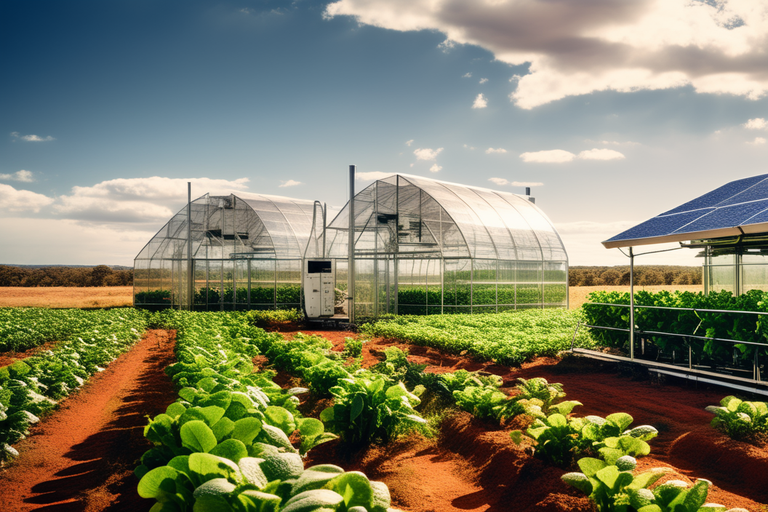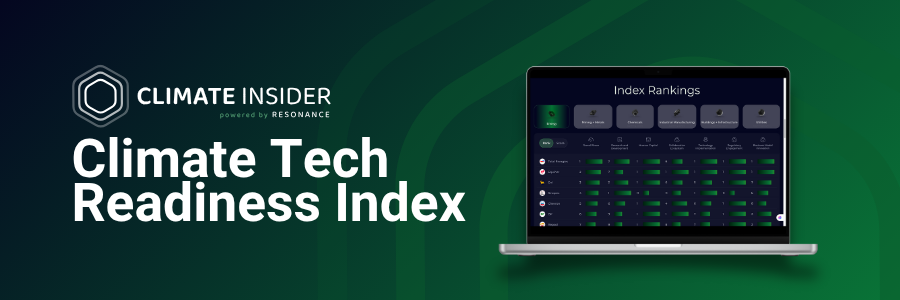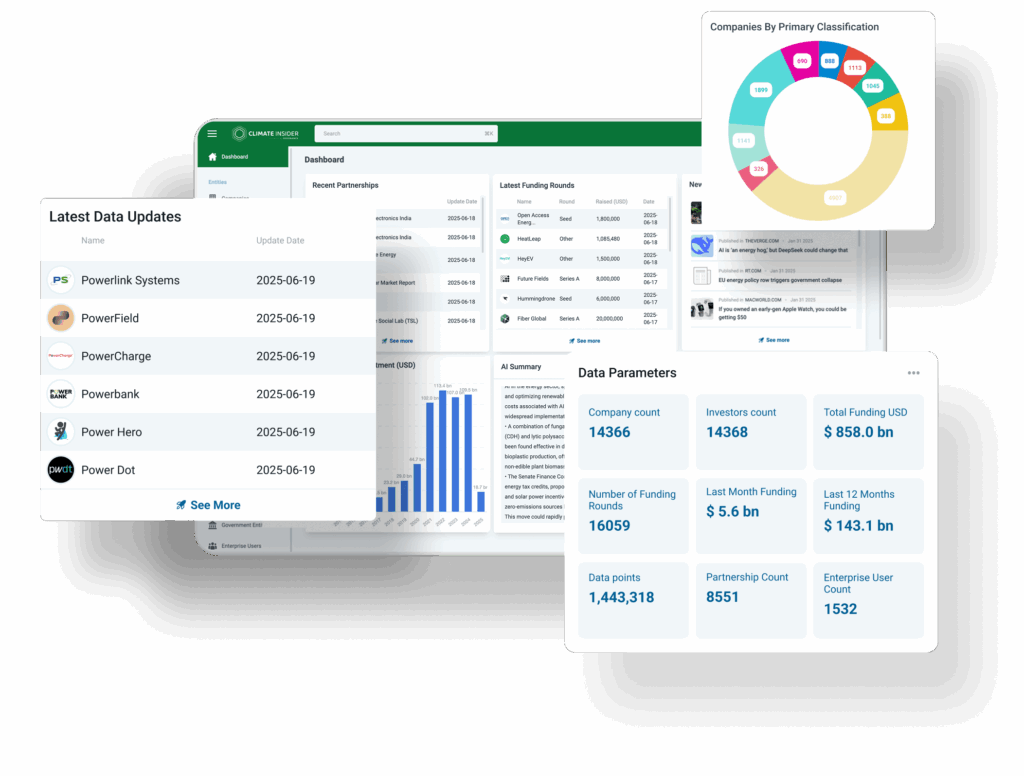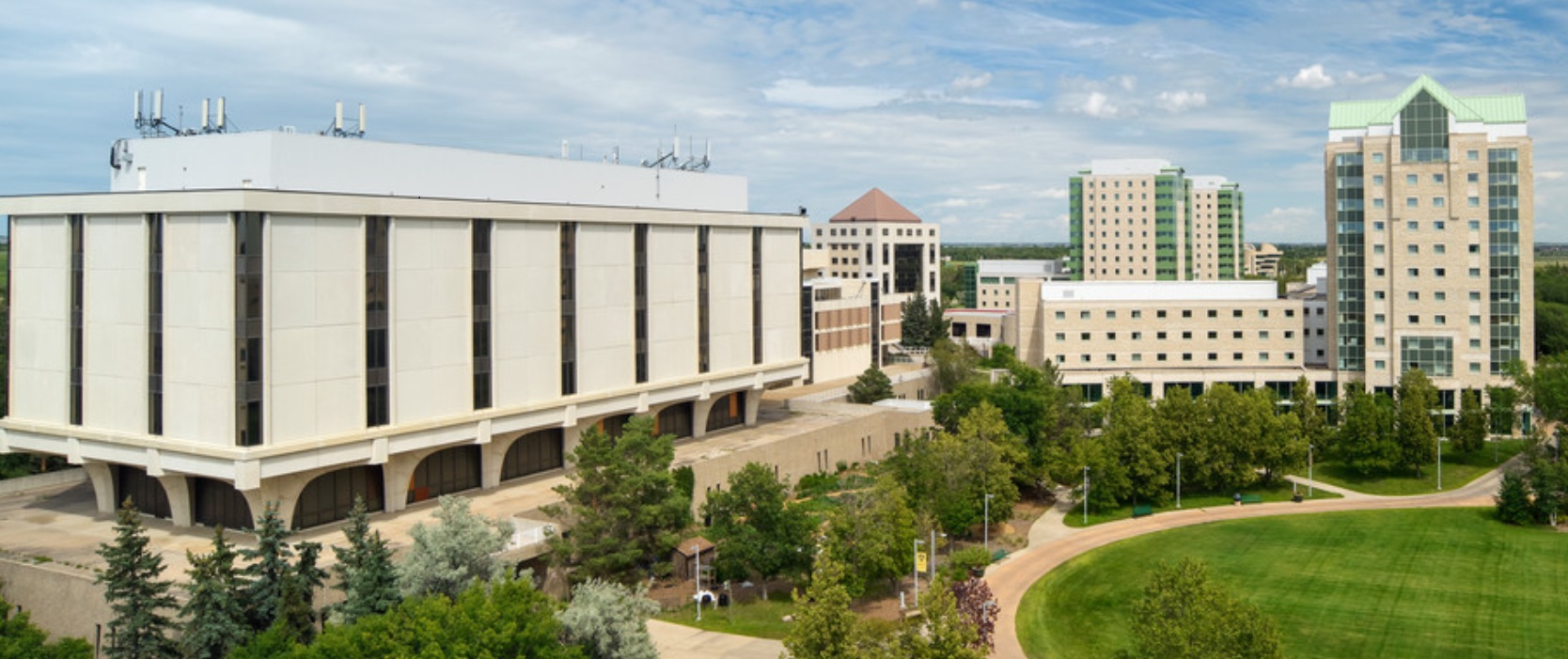Insider Brief:
- In one study, scientists found that genetically modified crops are able to contain substantial amounts of carbon, and could potentially outpace the rate of growth currently seen by other CDR methods.
- In another study, scientists found a positive correlation with using the same land for both solar farms and agriculture.
- Pairing objectives could be a workable solution to address a multiplicity of crises.
Agriculture may be an overlooked field when it comes to some sectors of climate tech, but two recent studies have found that agriculture could pair nicely with carbon removal and the renewable sectors.
Plants aiding in carbon removal
One of the main problems facing the carbon dioxide removal (CDR) industry is its stagnation, scientists at the University of California San Diego found in their study published in Environmental Research Letters in April.

To keep global temperatures below warming levels of 2 degrees Celsius, modeling by climate scientists have found that CDR needs to scale at between 5 gigatons of carbon dioxide (GtCO2) to 16 GtCO2 each year until 2050.
Yet only a fraction of that – 0.002 GtCO2 – has been deployed so far.
This is why alternative methods of carbon removal need to be rolled out, the authors, led by Daniela Faggiani Dias, argue.
Researchers determined that genetically enhanced crops tend to have larger roots, which then sequester more carbon.
Genetically modified crops are able to deposit more carbon in their root systems and store it in soil. Moreover, adaptations in agriculture tend to scale faster in general than in other industries “because agricultural innovations can be adopted and perfected through existing infrastructures, methods of organizing knowledge about farming practices, and marketing of products,” the authors said.
Agriculture also makes sense for a potential CDR scale-up, as soils are the largest carbon pool on earth, and hold approximately 8808 GtCO2 within the top two meters of topsoil. Because industrial agriculture has depleted soil of not just nutrients but the carbon dioxide it had long contained, using soil to store carbon would be a welcome reversal.
Another reason scientists argue that soil carbon storage is the optimal path for CDR development: “no other major CDR technology offers such a well-aligned potential for scaling through existing infrastructure.”
The best crops to maximize CDR are row crops such as soybeans, maize, cotton, and canola, the researchers found. Enhanced crops can improve soil organic carbon (SOC) either through greater root biomass, or by deeper roots.
If countries and agricultural actors implement policies to increase efforts of capturing CO2 in soils to meet 2030 decarbonization goals, the researchers estimate that atmospheric CO2 would be reduced immediately, with a modest impact on global temperatures. More intense policy implementation would be needed to b ring temperatures down to keep it below the 2 degree Paris limit, the study found.
Overall, carbon removals from GM crops storing carbon in soil could accrue rapidly, and most likely more rapidly than any other CDR pathway, the study said. However, the authors caution that there are many unknowns, particularly around the political appetite for more GM crops.
Rethinking renewable energy farms
Here’s another way agriculture can work together with carbon-saving technologies: academics at Michigan State University have found that using land both for solar PV farms and agricultural production – allotting different sections for each activity – could reduce land waste and ensure that agricultural production is not displaced by lands used to generate renewable energy.
Focusing on a particular area of California, scientists found that 925 solar PV arrays of land displaced 3,930 areas of cropland. This resulted in 0.16 trillion kcal (thousands of calories) not planted, the equivalent to the caloric intake of approximately 86,000 people for 25 years, assuming individuals consume 2,000 kcal.
Commercial scale arrays had a larger impact than do utility-scale arrays, the study found, with commercial scale displacing of grain, orchard crops, and vegetables. Utility-scale arrays displaced the nutritional value of grain, hay/pasture, and vegetables.
In terms of electricity generation, commercial scale arrays in the sample size area amounted to 10 Terawatt hours (TWh), while 11 gigawatt hours (GWh) were saved by not irrigating the land. For utility-scale solar arrays, electricity generation was estimated to be 113 TWh, while electricity generation saved from non-irrigation amounted to 146 GWh. These combined generation and savings could power approximately 446 U.S. households for 25 years, scientists found in the study.
Because of growing food needs and increasing clean energy needs worldwide, the study encourages both sectors to consider “co-location.”
“Cropland selection for future agrisolar co-location, both commercial- and utility-scale, should be assessed at local, regional, national and international scale to maintain food availability and security,” the authors concluded.
For many farmers, allowing some portion of their fields to remain fallow while using the remaining areas for agricultural production is a way to keep the farm financially solvent.
“If a farmer owns 10 acres of land, and they choose to convert one or two acres to a solar array, that could produce enough income for them to feel security for the whole operation,” lead author Jacob Stid told Grist.
The study also suggests using fallow fields for solar generation, pointing to substantial water-use reductions.
Multisolving approaches for polycrisis
Many leaders internationally have repeatedly stressed that the world is now in a state of ‘polycrisis’ – where multiple crises in several global systems are entangled, as the Cascade Institute defines it.
The climate crisis is arguably a polycrisis, in that it exists alongside with problems in global food productions, threat of water depletion, energy scarcity, and economic instability.
These approaches – in twinning agriculture and climate technologies to achieve climate ends – could be a step in towards ‘multisolving,’ a term coined by Director of the Multisolving Institute and PhD in climate solutions Elizabeth Sawin.
The pairing agricultural solutions with carbon capture and with renewable energies is one such example of multisolving. These allow more agricultural production, to address the growing need for food, as well as provide solutions to taper carbon emissions from other industries.
Climate Insider equips green economy businesses, industrial leaders, and policymakers with the clarity they need to navigate environmental demands and geopolitical pressures. Through our AI-powered market intelligence platform and expert-led advisory, users can identify commercially ready climate technologies, track policy and funding movements, and map critical ecosystem dynamics.
Ready to take the guesswork out of your climate strategy?
Get expert-backed answers at [email protected] or explore the platform at www.climateinsider.com to see how we help transform complexity into clarity.








